Hey there, food lovers! Ever found yourself at a Jamaican joint, menu in hand, debating whether to dive into some fiery jerk chicken or cozy up with a bowl of brown stew chicken? Well, you’re not alone! Let’s break it down and help you pick your plate between Jerk Chicken vs Brown Stew Chicken.
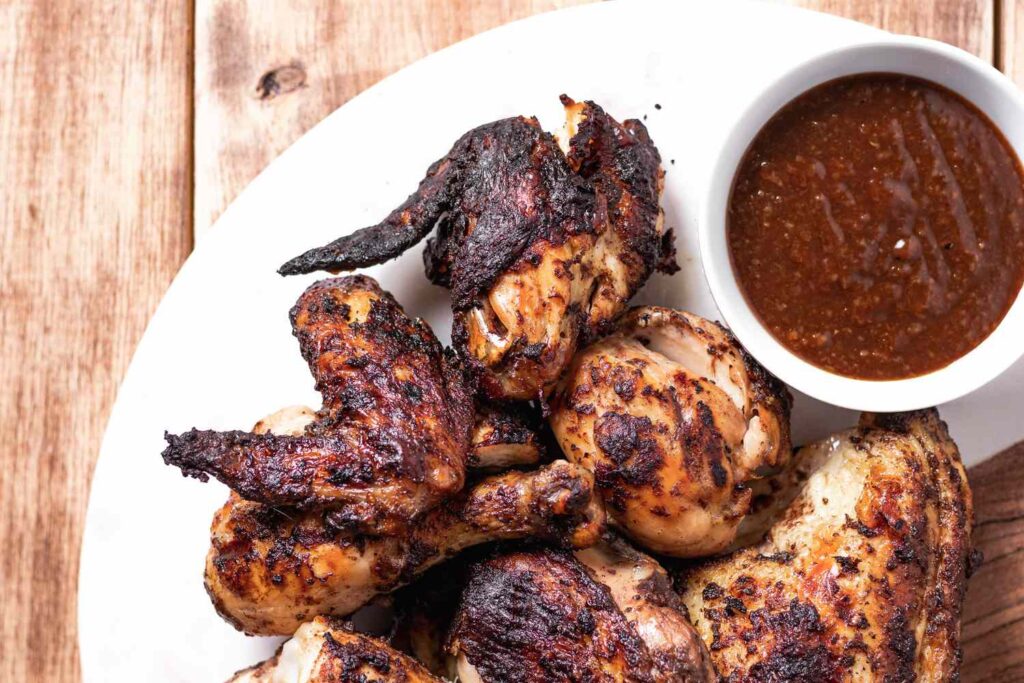
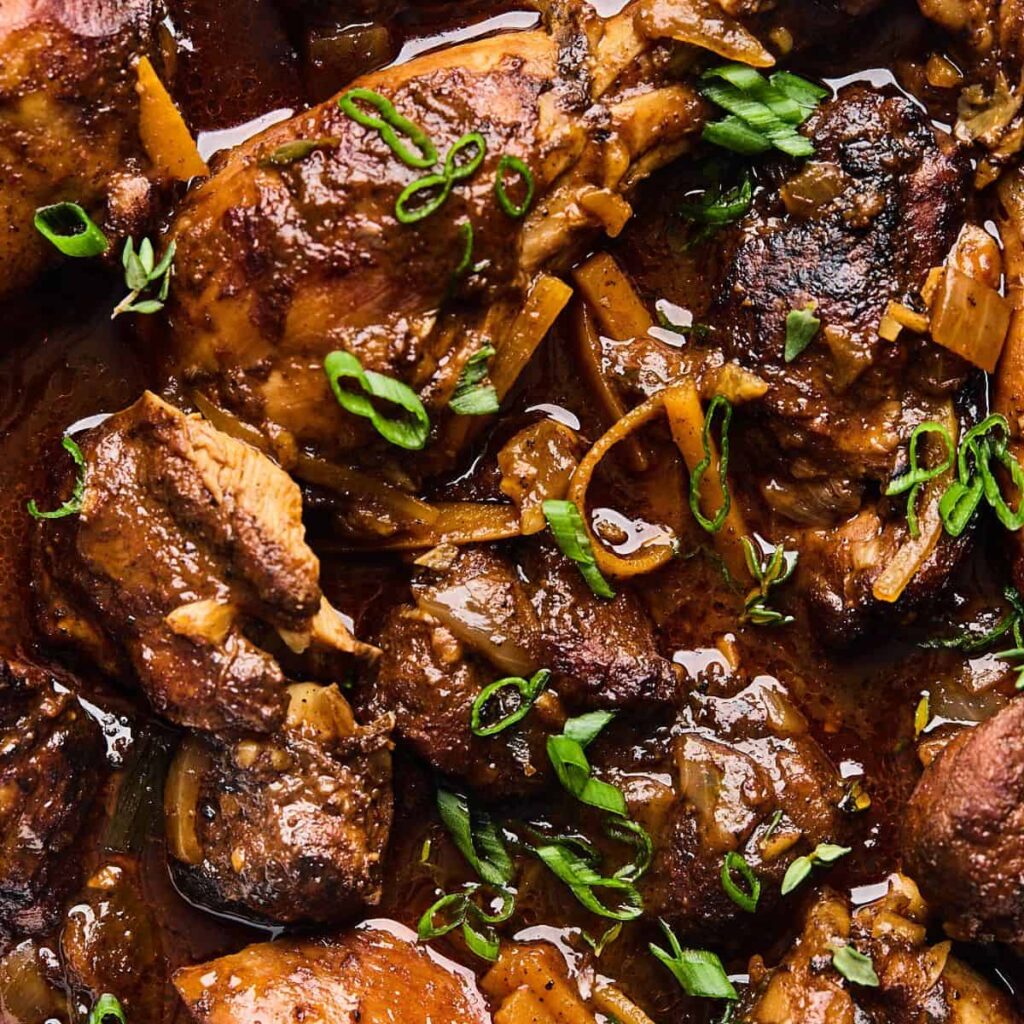
Whether you crave the bold, spicy kicks of jerk seasoning or lean towards the sweet and savory comforts of brown stew, we’ve got the scoop on what sets these dishes apart. Stick around as we chat flavors, spice, and everything nice. By the end, you’ll not only know the difference but be ready to order like a pro. Ready to spice up your mealtime decisions? Let’s get into it!
Introduction to Jamaican Cuisine
Jamaican cuisine is a vibrant tapestry woven from the island’s rich cultural heritage, blending influences from African, British, Spanish, and Indian culinary traditions. This fusion results in dishes that are bursting with bold flavors, vibrant colors, and hearty portions. At the heart of Jamaican cuisine are iconic dishes like jerk chicken and brown stew chicken, each offering a unique taste experience that reflects the island’s diverse history.
The use of locally-sourced ingredients is a hallmark of Jamaican cooking. Staples like coconut, yams, and the fiery Scotch bonnet peppers are commonly featured, adding depth and character to the dishes. The island’s tropical climate and fertile soil provide an abundance of fresh produce, which is skillfully combined with a variety of spices and herbs to create unforgettable meals.
Jamaican cuisine is not just about the food; it’s a celebration of the island’s culture and history. Whether you’re savoring the smoky heat of jerk chicken or the comforting richness of brown stew chicken, each bite tells a story of resilience, creativity, and community. So, next time you’re at a Jamaican restaurant, remember that you’re not just enjoying a meal—you’re experiencing a piece of Jamaica’s soul.
What is Jerk Chicken?
Jerk chicken is a fiery favorite from Jamaica that’s all about the spice and smoke. The chicken is marinated in a vibrant mix of ingredients like allspice, Scotch bonnet peppers, garlic, and thyme. The key to its unique flavor is this jerk seasoning, which combines earthy, sweet, and intensely spicy elements. After marinating, the chicken is traditionally cooked over pimento wood, which infuses it with a distinctive smoky taste. The result? A mouth-watering, spicy dish that’s packed with flavor and a little heat kick that keeps you coming back for more.
What is Brown Stew Chicken?
Brown stew chicken, another beloved Jamaican dish, offers a heartier and sweeter taste profile. It starts with chicken pieces that are seasoned, then browned to perfection to create a rich, caramelized exterior. The browned chicken is then slow-cooked in a thick, savory-sweet gravy made from onions, garlic, carrots, bell peppers, and sometimes potatoes. The gravy is typically flavored with a mix of Caribbean spices, thyme, browning sauce, and a hint of scotch bonnet pepper for a slight kick. This stew is all about depth and comfort, making it a perfect pick for when you need a warm, satisfying meal.
What is Jerk Chicken made of?
Jerk chicken is made from chicken that has been marinated in jerk seasoning, which is the soul of the dish. The key ingredients in jerk seasoning include:
Allspice (pimento): The foundational spice that gives jerk its distinctive flavor.
Scotch bonnet peppers: These bring the heat and are essential for that spicy kick.
Thyme: Adds a deep, aromatic element.
Garlic and onions: For a robust flavor base.
Ginger: Adds a spicy, zesty note.
Sugar: A bit of sweetness to balance the heat.
Salt: Enhances all the flavors.
Lime juice or vinegar: Adds acidity to tenderize the chicken and brighten flavors.
The chicken is usually left to marinate to absorb all these flavors and then grilled over pimento wood, which adds a unique smoky taste.
What is Brown Stew Chicken made of?
Brown stew chicken is made from chicken that’s first seasoned and then browned to create a flavorful base. The main components include:
Chicken: Typically, bone-in, skin-on pieces are used for more flavor.
Brown sugar: Used in browning the chicken to create a rich, caramelized surface.
Garlic, onions, and scotch bonnet pepper: For a savory flavor with a hint of heat.
Carrots and bell peppers: Add sweetness and color to the dish.
Thyme and other spices: Commonly used for additional flavoring.
Potatoes (optional): Thickens the stew and makes it more filling.
Water or chicken broth: Forms the base of the gravy in which the chicken is simmered.
Browning sauce: Enhances the flavor and color of the gravy, making it richer and more appealing.
The chicken is simmered in this rich gravy until tender, making for a hearty and comforting meal.
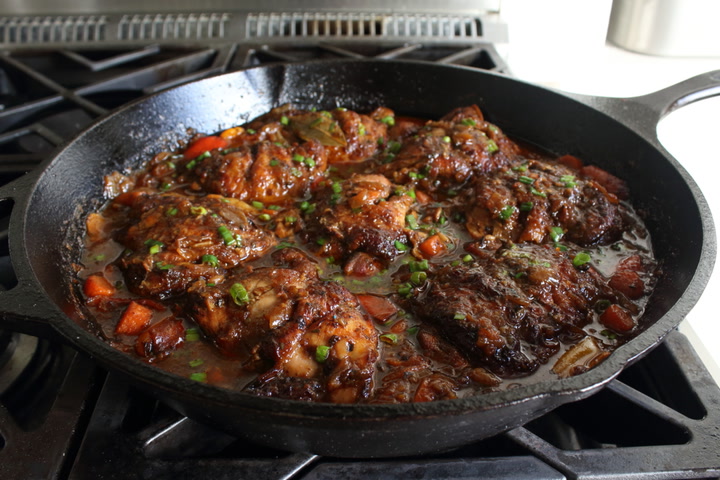
Credits to My Forking Life
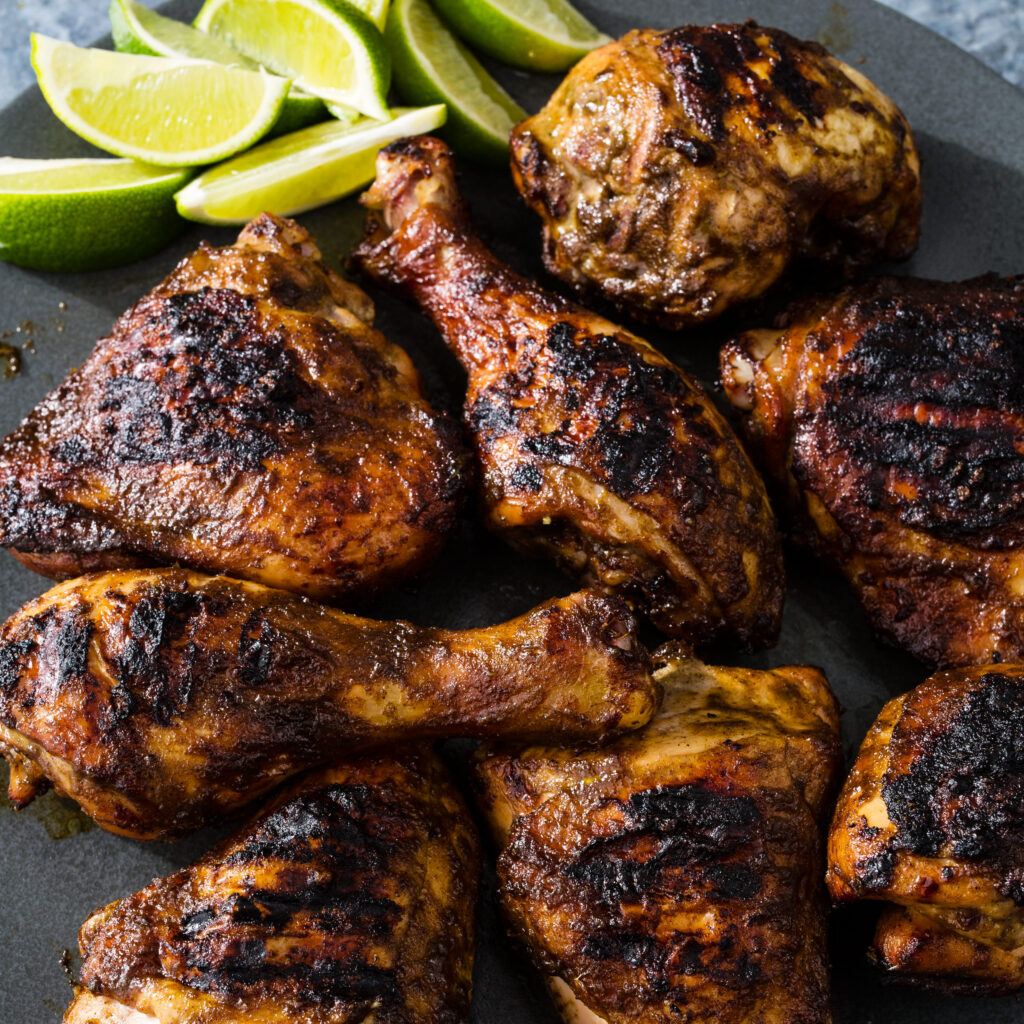
Credits to America’s Test Kitchen
Taste
Jerk Chicken: It packs a punch with its bold, spicy flavor profile. The marinade’s key ingredients, like allspice and Scotch bonnet peppers, infuse the chicken with heat and a hint of sweetness, complemented by aromatic herbs like thyme. The smokiness from grilling over pimento wood adds another layer of complexity. It’s a vibrant dish that excites the taste buds with every bite.
Brown Stew Chicken: This dish offers a savory and slightly sweet flavor, thanks to the caramelization of sugar and the simmering process that melds the flavors of garlic, onions, carrots, and bell peppers into a rich, thick gravy. Browning sauce is a key contributor to this gravy, enhancing both the flavor and color of the dish. The heat is much milder compared to jerk chicken, with just a hint of Scotch bonnet pepper. It’s all about comfort and depth, making it a soothing meal option.
Serving Style
Jerk Chicken: Typically served casual and laid-back, often sliced or chopped on a plate with sides like rice and peas, fried plantain, or a fresh coleslaw. It’s a popular street food in Jamaica, so it’s not uncommon to see it wrapped in foil, perfect for eating on the go.
Brown Stew Chicken: More of a sit-down meal, usually served in a bowl or deep plate to accommodate the generous amount of gravy. It’s often accompanied by white rice, which soaks up the delicious stew, or provisions like yam and banana, making it a more filling dish suited for family dinners.
Appearance
Jerk Chicken: Visually striking, jerk chicken showcases a charred, dark exterior from the grilling process. The spices may leave a reddish-brown tint, and the meat itself appears juicy and tender. Its vibrant appearance is often complemented with bright, fresh sides.
Brown Stew Chicken: This dish has a rich, brown color from the stewing process, thanks to the key ingredient, browning sauce. The chicken pieces are coated in a thick, glossy gravy that’s dotted with colorful veggies like carrots and bell peppers, adding visual appeal. The overall look is hearty and inviting, promising a comforting eating experience.
Culinary Context
Jerk Chicken: Its roots are deeply embedded in Jamaican culture, originally prepared by the Maroons. The bold, fiery flavors symbolize the strength and resilience of its people.
Brown Stew Chicken: A staple in Jamaican households, this dish is about bringing people together, often cooked to feed a family with its nurturing, hearty characteristics.
In conclusion, whether you’re in the mood for the intense, spicy kick of Jerk Chicken or the comforting embrace of Brown Stew Chicken, both dishes offer a taste of Jamaica’s rich culinary heritage. Choose based on your spice preference and meal setting, and you’ll be delighted either way!
Jerk Chicken Cooking Process

Marination: The key to authentic jerk chicken is its marinade. The chicken pieces are typically marinated for at least a few hours, though overnight is best to absorb the complex flavors. The marinade is a blend of allspice, Scotch bonnet peppers, thyme, scallions, garlic, ginger, lime juice, and sometimes brown sugar, blended into a paste.
Grilling: Traditionally, jerk chicken is cooked over a grill that’s fueled by pimento wood, which imparts a distinctive smoky flavor. The grill is often a drum grill, which allows the heat to circulate and smoke the chicken evenly. The chicken is turned frequently to prevent it from burning due to the high sugar content in the marinade, while still allowing the skin to get a nice char.
Serving: Once cooked, the chicken is often chopped into pieces and served hot, usually with sides such as rice and peas, festival (a sweet fried dough), or roasted breadfruit.
Brown Stew Chicken Cooking Process
Seasoning and Browning: The process begins by seasoning the chicken with salt, pepper, and Caribbean spices. Then, brown sugar is heated in oil until it caramelizes, creating a rich, dark color. The seasoned chicken is added to this hot sugar, browning each piece to seal in the flavors and create a slight crust.
Building the Stew: After browning the chicken, additional ingredients like chopped onions, garlic, scotch bonnet pepper, bell peppers, and carrots are added to the pot. These vegetables are sautéed until soft, which builds a flavor base for the stew.
Simmering: Water or chicken broth is then added along with thyme and sometimes a touch more sugar to balance the flavors. Using a Dutch oven is ideal for this process due to its even heat distribution and ability to tenderize the chicken. The chicken is simmered in this mixture until it becomes tender and the gravy thickens naturally from the cooking process. Some cooks might add a slurry of cornstarch or use naturally starchy vegetables like potatoes to help thicken the stew.
Serving: Brown stew chicken is typically served with white rice, which complements the rich, flavorful gravy, or with ground provisions like yam or sweet potato.
Each cooking method reflects the cultural significance and culinary heritage of Jamaica. Jerk chicken showcases a mastery of spice and smoke, while brown stew chicken demonstrates the comforting and communal aspect of Caribbean cooking. Both dishes offer a profound taste experience that’s deeply rooted in Jamaican tradition.
Nutrition and Health Benefits
Jamaican cuisine is not only a feast for the senses but also offers numerous nutritional and health benefits. Many traditional dishes are made with lean proteins such as chicken, fish, and goat, which are excellent sources of protein while being low in saturated fat. This makes dishes like jerk chicken and brown stew chicken not only delicious but also nutritious.
The use of fresh herbs and spices, such as thyme, scallions, and Scotch bonnet peppers, adds more than just flavor. These ingredients are rich in antioxidants and anti-inflammatory compounds, contributing to overall health and well-being. For instance, the scotch bonnet peppers used in both jerk and brown stew chicken are known for their high vitamin C content and metabolism-boosting properties.
Brown stew chicken, in particular, is a wholesome option. Made with chicken thighs, this dish provides a good amount of protein and essential nutrients while being relatively low in fat. The inclusion of brown sugar in the recipe not only enhances the flavor but also adds trace minerals like iron and calcium. Additionally, the use of chicken broth and sometimes coconut milk in the stew adds electrolytes and healthy fats, making it a balanced and nourishing meal.
Incorporating Jamaican dishes into your diet can be a delightful way to enjoy a variety of flavors while reaping the health benefits of fresh, wholesome ingredients. Whether you’re indulging in the spicy kick of jerk chicken or the comforting warmth of brown stew chicken, you’re making a nutritious choice that’s as good for your body as it is for your taste buds.
Conclusion
In conclusion, whether you’re drawn to the fiery, smoky allure of Jerk Chicken or the comforting, rich depths of Brown Stew Chicken, each dish offers a unique window into the heart of Jamaican culinary tradition. Jerk Chicken, with its intense spices and smoky char, is perfect for those seeking a bold flavor adventure, reflective of Jamaica’s spirited culture and history.
On the other hand, Brown Stew Chicken offers a soothing, hearty meal, its thick gravy and tender vegetables bringing warmth and familial comfort. Choosing between them might be tough, but it’s a delicious dilemma to have. Both dishes not only satisfy the palate but also celebrate the diversity and richness of Caribbean cooking, making them enduring favorites on dinner tables and in restaurants worldwide. Whether you crave spice or seek comfort, these dishes have something special to offer.
FAQs: Jerk Chicken vs Brown Stew Chicken
How is Brown Stew Chicken Prepared?
Brown stew chicken is made by browning chicken pieces until golden brown, then simmering them in a rich stew with ingredients like bell pepper, dark brown sugar, and chicken stock. It’s often paired with sides like coconut rice or Jamaican rice for a complete meal.
What Ingredients Are Common in Jamaican Brown Stew?
Key ingredients in Jamaican brown stew include bay leaves, green onions, fresh thyme, coconut milk, and dark brown sugar. The marinade mixture typically combines spices like ground allspice, dried thyme, and Jamaican curry powder, creating an absolutely delicious flavor.
How Do You Prepare Jerk Chicken?
Jerk chicken is marinated with a spicy blend that includes habanero peppers, cane sugar, and other marinade ingredients. It’s grilled or baked over medium-high heat, with the reserved marinade used for extra flavor.
What Are the Cooking Methods for Each Dish?
Jerk Chicken: Grilled or baked for a smoky, charred finish.
Brown Stew Chicken: Simmered on medium-low heat, often as braised chicken in a flavorful stew. A slow cooker can also be used for convenience.
Can I Use Other Proteins in Brown Stew?
Yes, you can make brown stew fish using the same seasoning style as Jamaican brown stew chicken, a favorite in Jamaican restaurants and across the Caribbean islands.
What Sides Pair Well with These Dishes?
Both dishes pair well with coconut rice, Jamaican rice, or steamed vegetables. For extra flair, serve with fried plantains or coleslaw.
What Does the Recipe Call for When Browning Chicken?
The recipe calls for searing browned chicken pieces or chicken parts until they turn golden brown, locking in flavor before adding them to the stew.
What Makes These Dishes Iconic Jamaican Food?
Both jerk chicken and Jamaican brown stew chicken are staples of Jamaican food, showcasing bold seasonings and traditional cooking techniques loved worldwide.
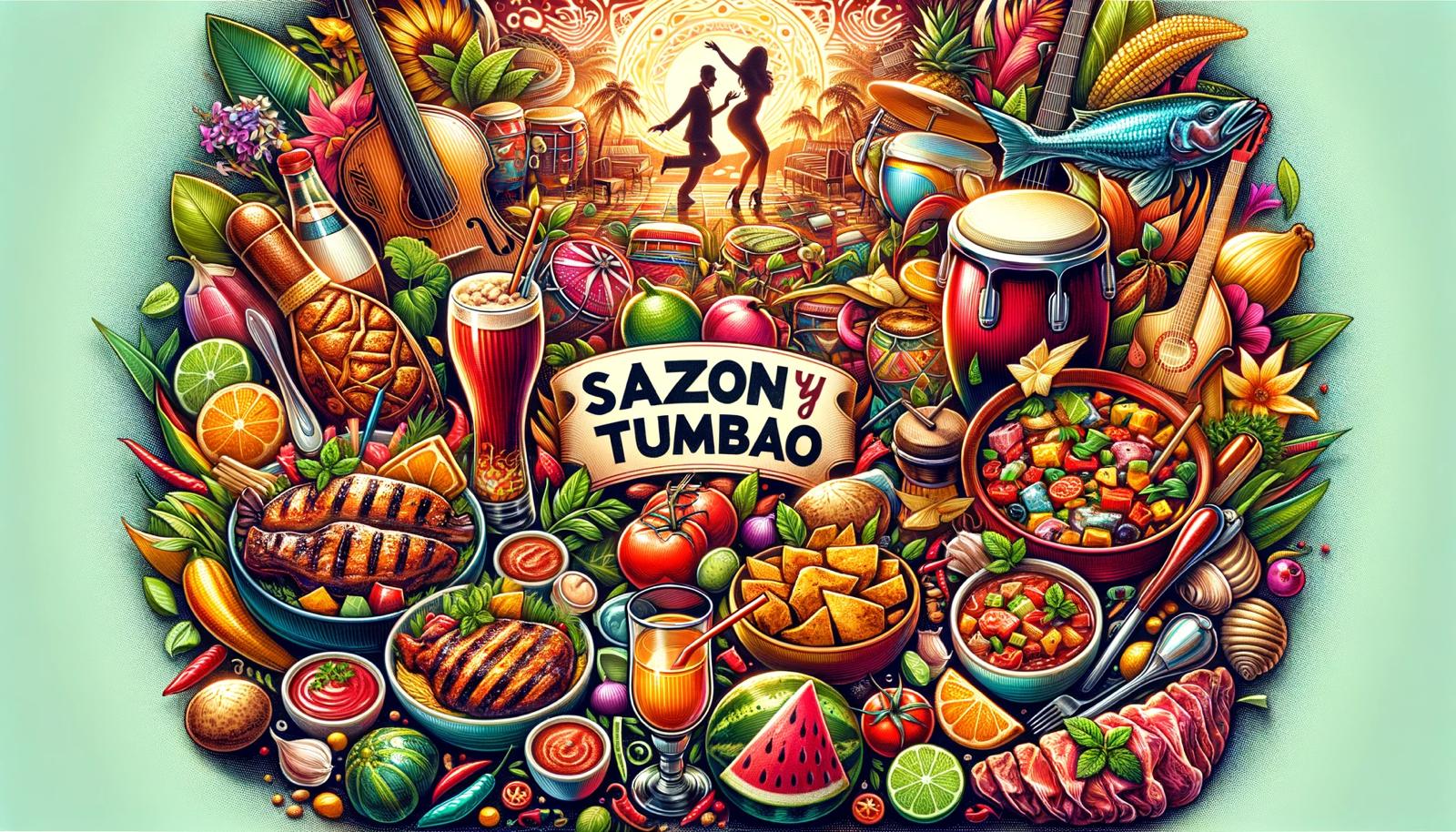

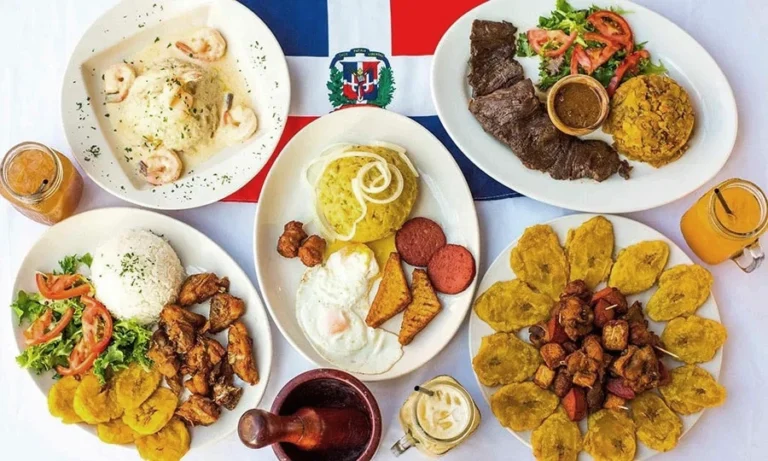
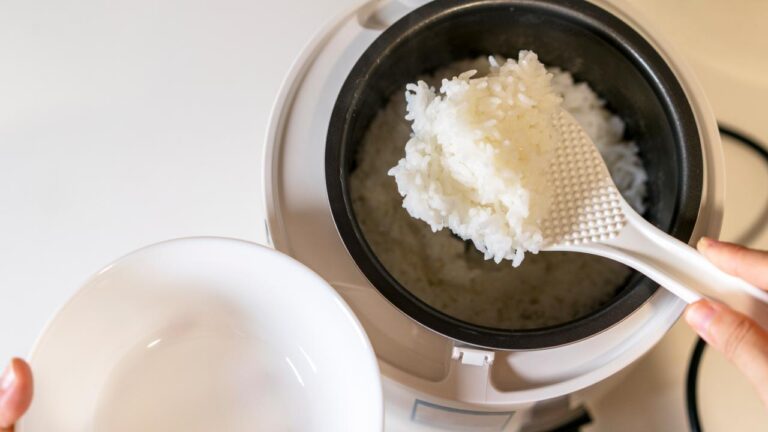
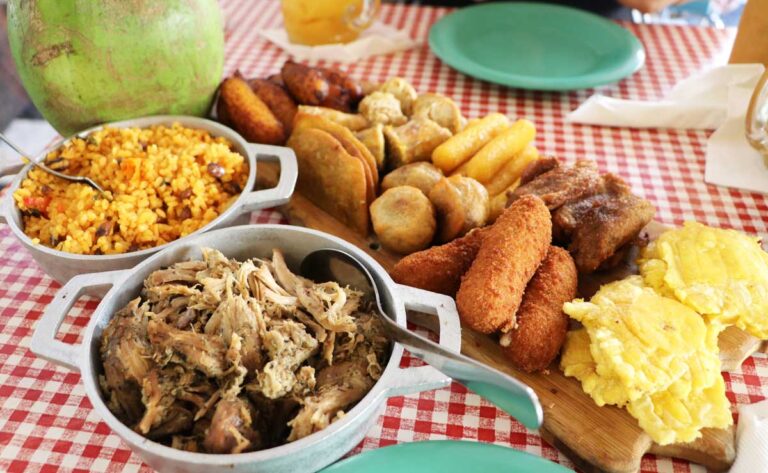

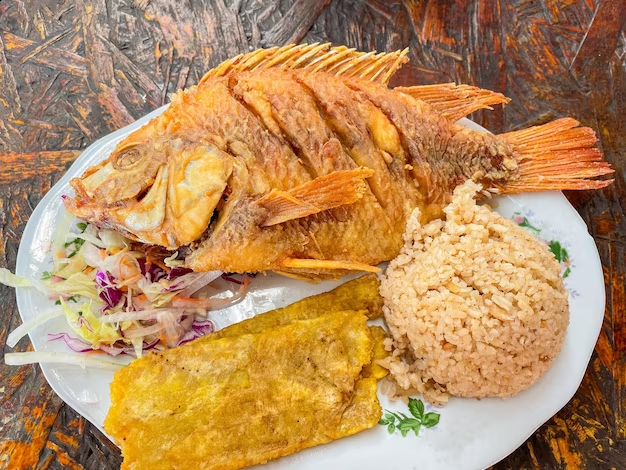
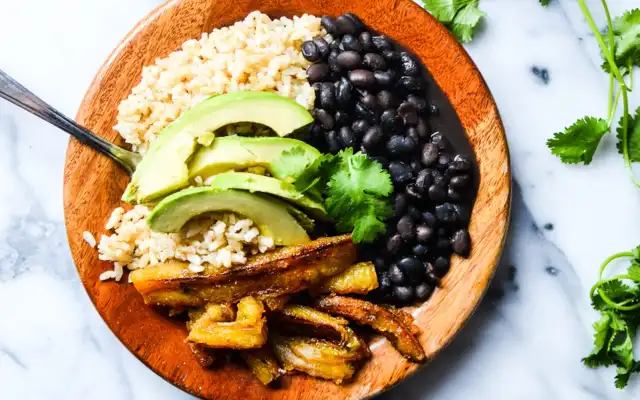
One Comment
Comments are closed.